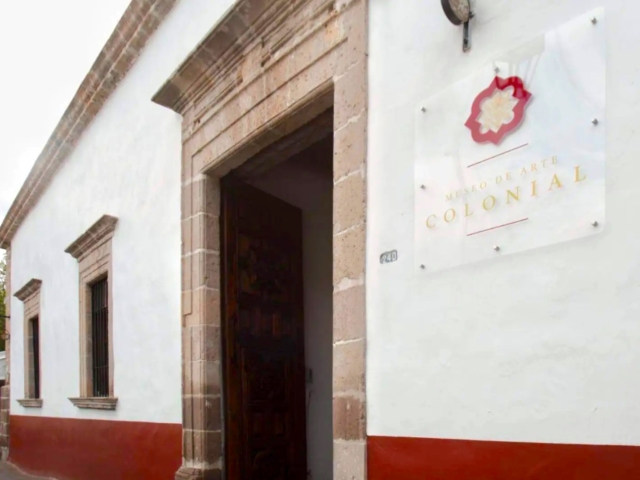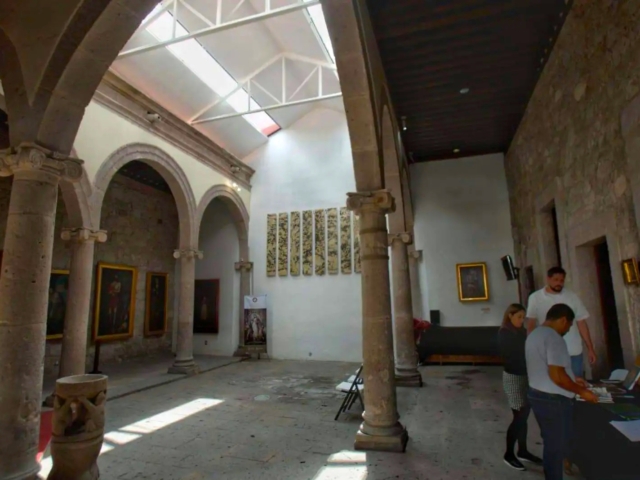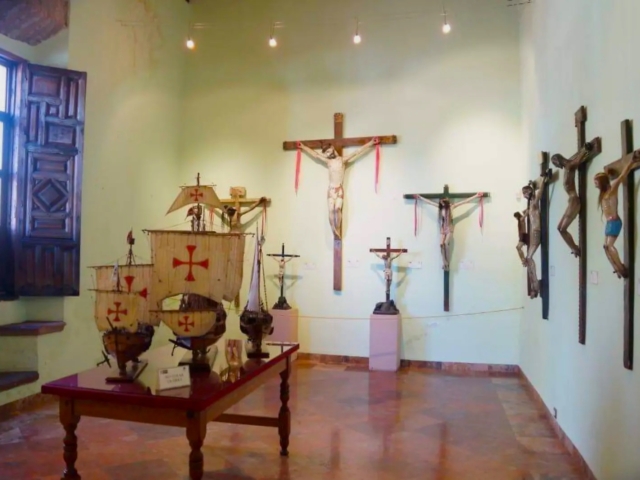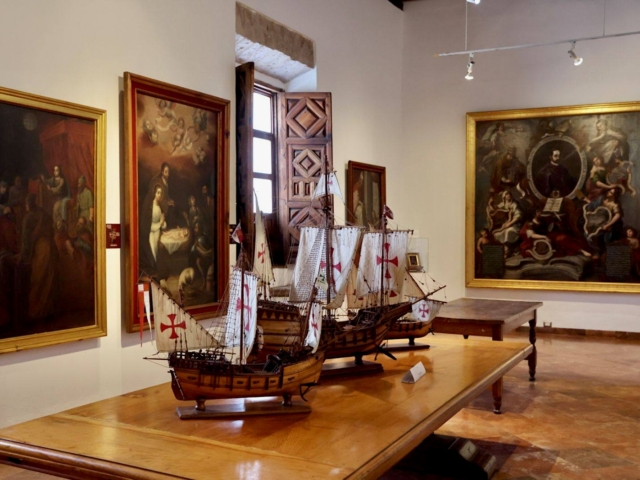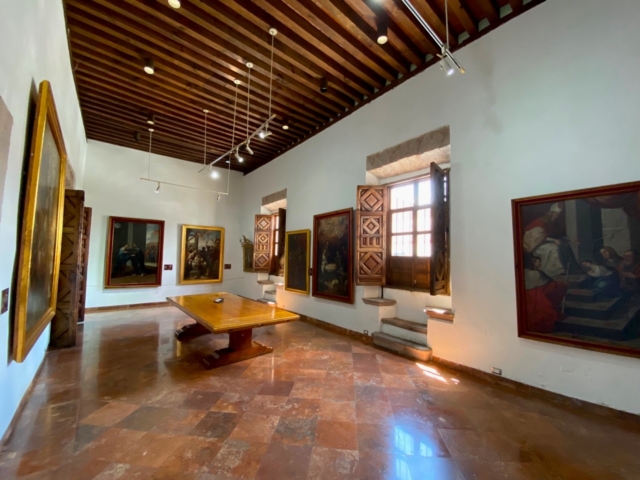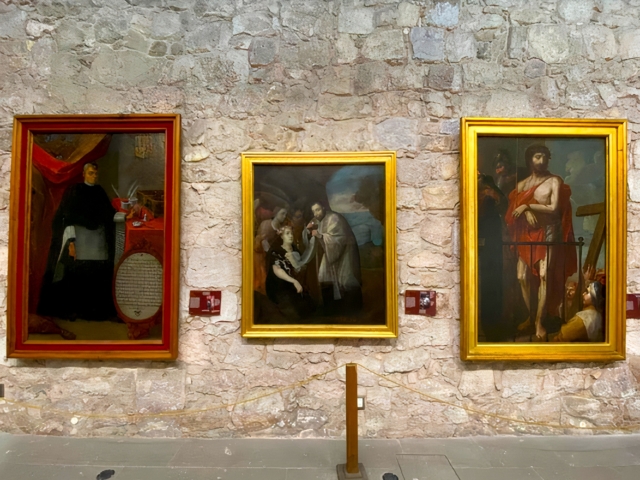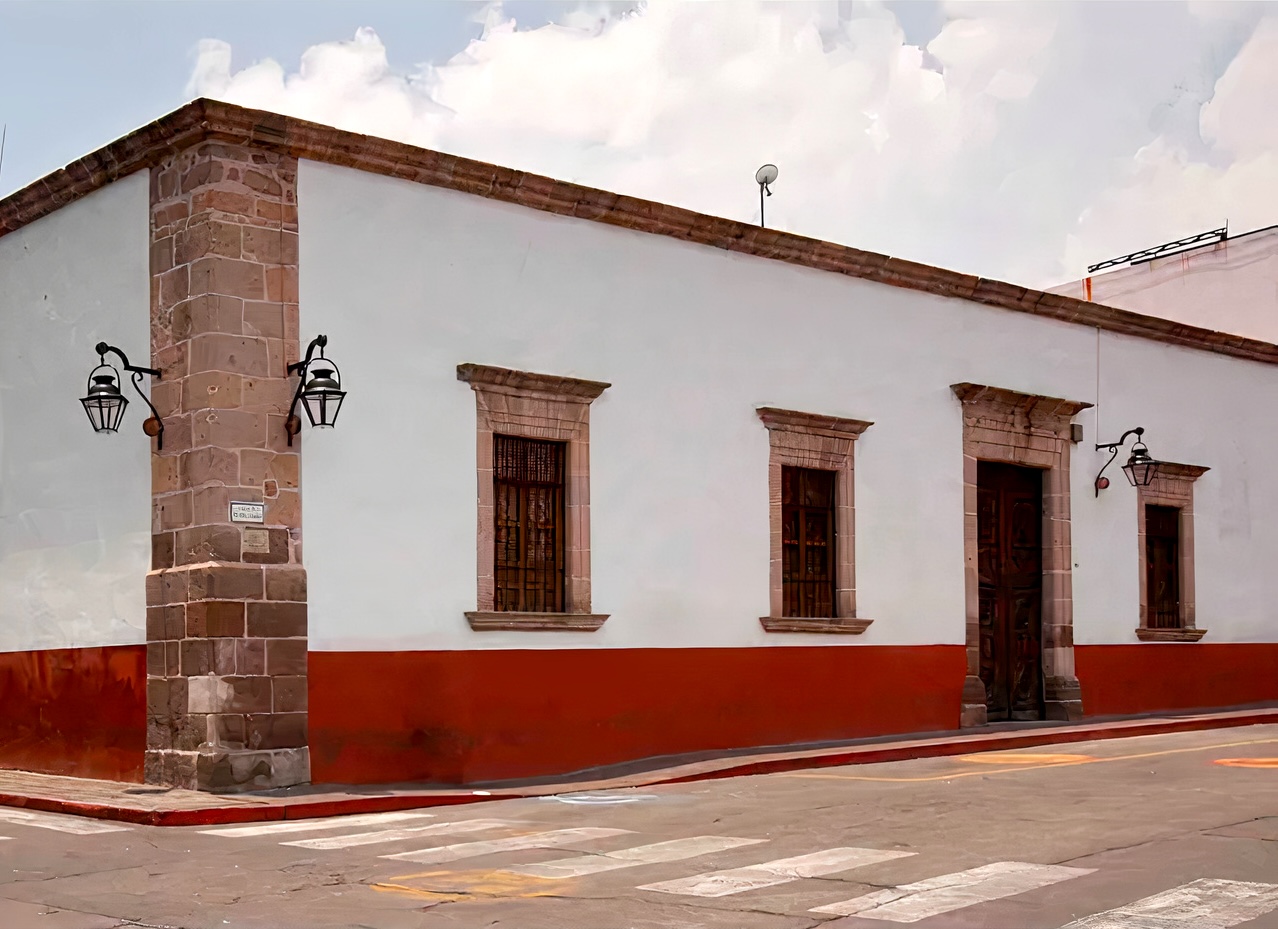
Adress
Benito Juárez 240, Centro, 58000 Morelia, Michoacán, México.
GPS
19.705086853823, -101.1922198534
Phone
Send an Email to
Web
Monday
09:00 – 20:00
Tuesday
09:00 – 20:00
Wednesday
09:00 – 20:00
Thursday
09:00 – 20:00
Friday
09:00 – 20:00
Saturday
10:00 – 18:00
Sunday
10:00 – 18:00
KNOW MORE PLACES
VISITA OTRAS LOCALIDADES
This small museum is located in an 18th century house that retains much of its original baroque character. On June 23, 1821, Luis Arango established the first printing press in the city on this property, and in 1985 the Colonial Art Museum was opened, which houses important artistic works from various origins. Two collections stand out: one of easel paintings from the colonial era and another made up of more than one hundred Christs corresponding to the period from the 16th to the 19th century.
Also on display are old books, religious ornaments, period maps and some oriental pieces from the East India Company.
In addition to periodically offering free lectures and musical activities for the general public, the Morelia Museum of Colonial Art houses two important collections: one of sculpture in different materials and another of 18th-century painting.
Since its founding in 1984, this museum has assembled a collection of sculptures of crucified Christs made from different materials, mainly corn stalks.
The works are of a sacred nature. This is one of the largest collections from the colonial period, and a collection of New Spain paintings is also on display.
Located in the historic center of the city of Morelia, Michoacán, the Colonial Art Museum also houses documents, old books, religious ornaments and maps from the viceregal era, among other pieces.
Two of the exhibits stand out: one on an easel from the colonial era with an image of Christ—signed by Oaxacans Miguel Cabrera and Miguel Herrera and Puebla native José Padilla—and another consisting of more than 100 Christs of different styles, techniques and materials, corresponding to the 16th to 19th centuries.
Although the sculptures appear to be identical, the collection contains various types of the figure of the crucified Christ.
Some have glass eyes, they are very baroque, they have exposed ribs to show suffering and impress the viewer; others have only painted eyes, styled or natural hair; so, they are different: they speak to us of things and different styles that were developed throughout the New Spain period.
The complex offers guided tours to primary and secondary school groups, as well as to other groups from various institutions.
On Thursdays of each week, cultural events are held, such as classical music performances and lectures on the colonial period with specialists and experts on the subject, among others that are in line with the themes addressed by the venue.
Admission is free.
